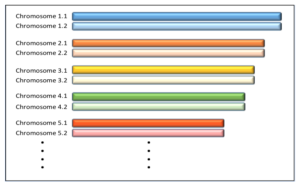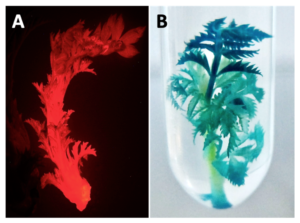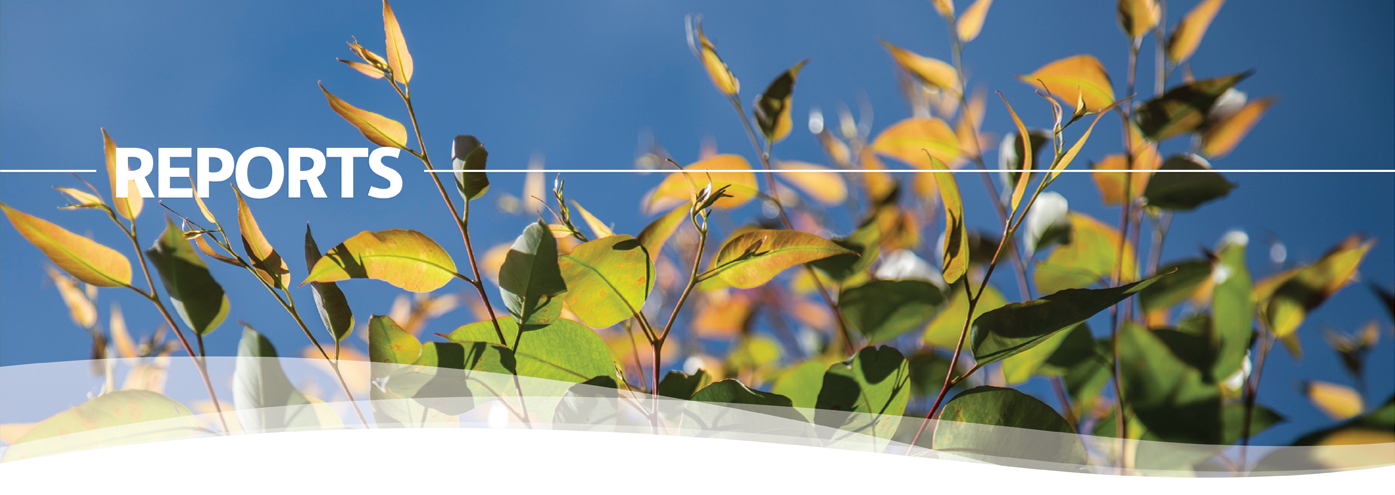Yellowhorn: Genomic & Biotech Achievements
Yellowhorn (Xanthoceras sorbifolium) resides in the family of Sapindaceae, and is uniquely native to China.
The tree species is naturally distributed in the northern part of the country (open-pollination) and is well-known for its endurance under extreme temperature and rainfall constraints. Yellowhorn produces seeds with oil content over 30% and two thousand years ago ancient Chinese people started to use its oil for food and oil lamps. Yellowhorn is rich in unsaturated fatty acids, mainly linoleic (omega-6) and oleic (omega-9), vitamin E, and nervonic fatty acid, which may be beneficial to memory-related brain health. In addition to being a high value edible oil, yellowhorn trees are used in ornamental plantings and ecology restoration projects.
The National Forestry and Grassland Administration’s (NFGA) National Development Plan calls for the establishment of yellowhorn in northern China for woody edible oil production, as a means to lower the national dependence on foreign edible oil imports, prevent further desertification and revitalize the rural economy. This hardy desert tree species is envisioned to help deter desertification by stabilizing the soil with its root architecture and provide an economic off-take to the farmers via the leaves, flowers, husks and seeds. The leaves and flowers are suitable for tea making and traditional medicines, the husks are a source material for biochar and activated carbon and the seeds are a source of edible oil, biofuels and animal feed (pressed seed-cake).
Over the past six years, FuturaGene has assessed high yielding yellowhorn germplasm throughout China, based on local farmer’s anecdotal evidence, and collected more than 50 lines. Many of these lines have been introduced into a comprehensive biotechnology pipeline (Figure 1), including: tissue culture, genome sequencing & assembly, genetic transformation and genome editing.

Figure 1: FuturaGene’s yellowhorn research and development pipeline: tissue culture, mass production of elite germplasm and biotechnological solutions
FuturaGene’s advanced tissue culture laboratories in Shanghai and Lanzhou introduced tens of yellowhorn lines into tissue culture for mass clonal propagation and completed genome sequencing of a selected line, producing both a 90% assembled unphased genome (458.68 Mb) and a phased diploid genome (each homologous chromosome assembled separately) (Figure 2). The genome information will be used in our future breeding and biotech developments.

Figure 2: A fully phased diploid genome was produced, in which each homologous chromosome was assembled separately: X.1 and X.2
Furthermore, a highly-efficient genetic transformation system has also been established for a number of ornamental and high yielding yellowhorn lines. We are now combining transformation with gene editing and additional biotechnology tools to potentially improve yellowhorn yield, oil content, oil quality and flower color. Figure 3 demonstrates FuturaGene’s ability to transform yellowhorn with reporter genes.

Figure 3: Yellowhorn genetic transformation using (A) red fluorescent reporter gene and (B) GUS reporter gen
FuturaGene’s biotech pipeline and breeding program together with its unique mass germination and propagation techniques for large scale seedlings production in Gansu are in full support of the NFGA’s environmental, social and economic restoration policies.

